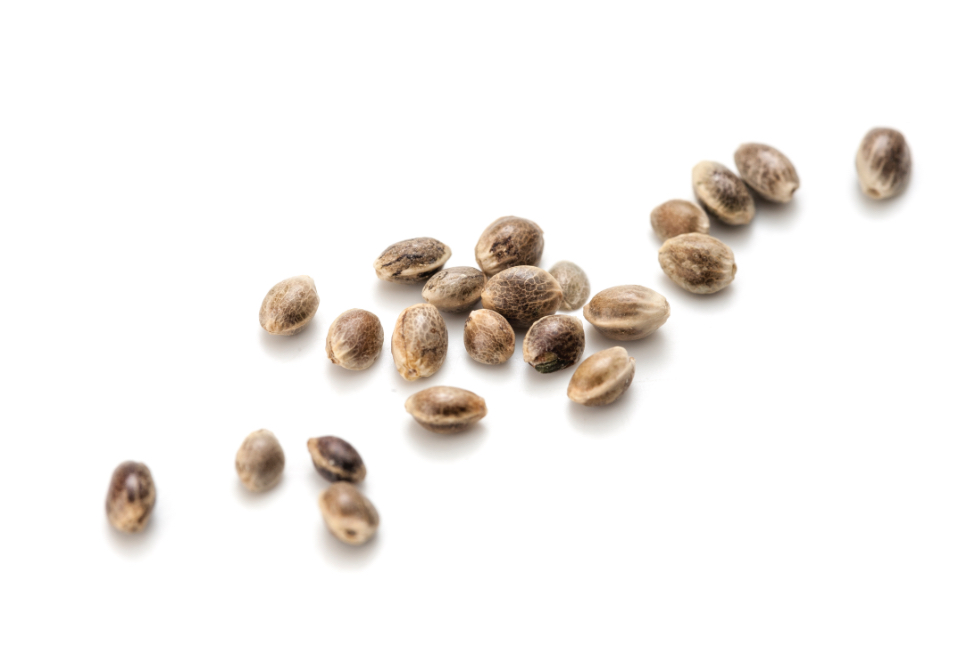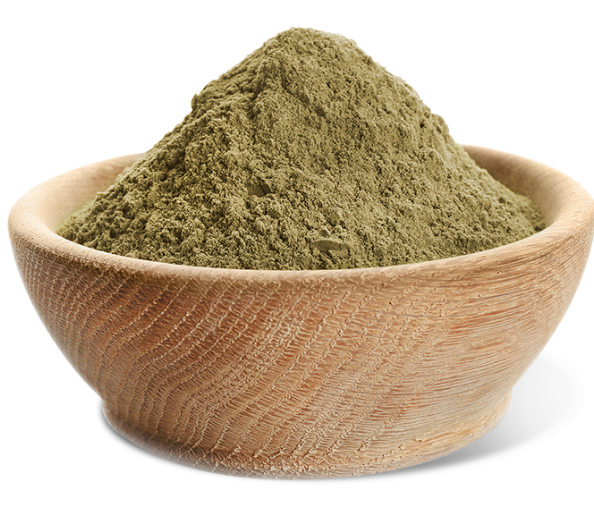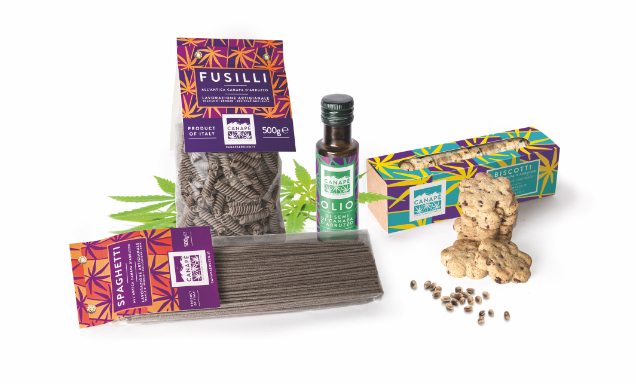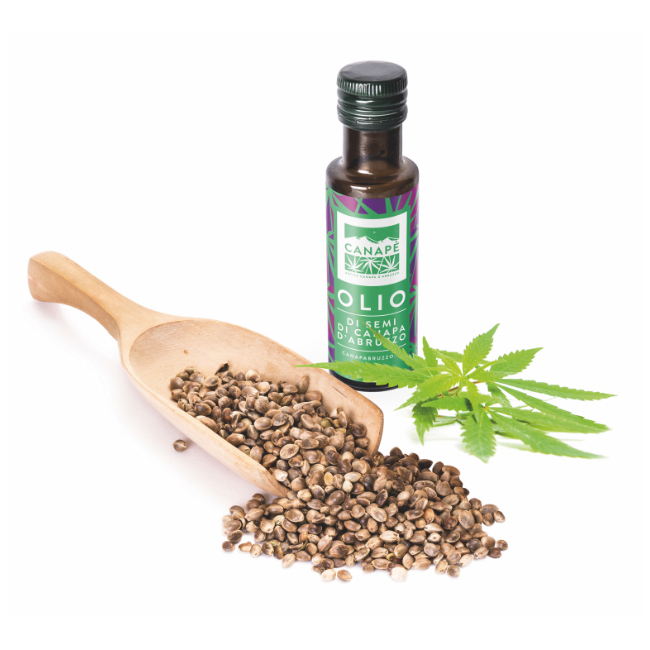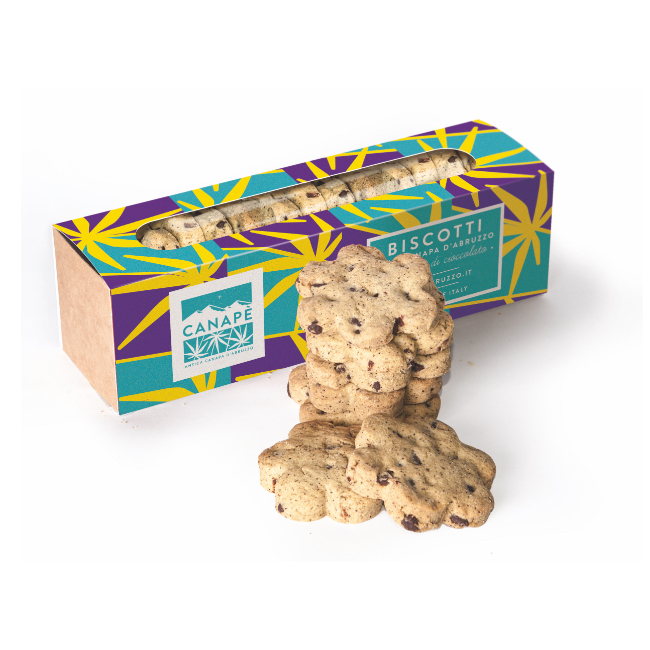Historically grown to be used in the most varied sectors – from textile to construction, from paper to food production – hemp is an extremely versatile product of which Italy has been a major producer worldwide since the beginning of 1900s, when the introduction of petrochemical industry demanded to substitute natural fibers with the chemical and plastic products that are still commonly used.
In the food sector, hemp is a product that presents various nutritional properties that are precious for our bodies.
Firstly, since it doesn’t contain any gliadin and glutenin (hence, gluten), this food is tolerated by people who suffer from coeliac disease. Moreover, by being rich in fibers, fat acids, vegetable proteins and the 8 amino acids and minerals essential to our bodies, it’s a product with a very high nutritional value.
Hemp flour, that we use to make our pasta and cookies, has 20% less calories than wheat flour, since energy is provided mostly by proteins instead of carbohydrates. Edible hemp is very rich in fibers, it includes important vitamins such as A, E, D and the vitamins of the B group: B1, B2 and B6. Finally, it’s a source of potassium, magnesium, sodium, phosphorous, iron and zinc.
Fat acids contained in the oil extracted from hemp seeds are polyunsaturated (good fats) up to 75-80%, and the saturated fat acids add up to only 9-11%. For this reason, hemp oil has been called “the perfectly balanced oil”, since it contains Omega 6 (Linoleic Acid / LA) in a ratio of 3 to 1 and Omega 3 (alpha-linoleic acid / LNA), which is at the basis of a healthy diet.



